A young Syrian man is walking down a street in Damascus. He is a computer geek who likes rock music and basketball, and he’s enjoying his summer break from university. A car draws up beside him. He’s shoved inside and blindfolded. Shortly after, he finds himself strung up by his wrists in a dungeon. A thick power cable slices through the air and lands on his back. He screams. ‘You want freedom, right?’ yells the torturer. The lash descends again. ‘Here’s your freedom.’
The victim – the authors of Syrian Gulag protect him with the alias ‘Akram’ – had ‘liked’ a social media post criticising the Assad regime. Akram was to suffer through three months’ incarceration and torture at the Air Force Intelligence prison at Mezze military airport in Damascus. His misfortune is known in Syria as being ‘behind the sun’. Syrians who fall foul of the security forces disappear into the darkness of their country’s prison system. Akram survived his ordeal and later fled to the Netherlands. He was relatively lucky. Many detainees vanish forever, tortured to death or simply exterminated.
As far as the international media is concerned, the Syrian uprising is largely over and attention has mostly shifted elsewhere. Nevertheless, monstrous internal repression continues. In order to ensure its survival, the regime terrorises the population on an enormous scale. Its main instrument is Syria’s prison system. The primary role of the prisons is not to punish wrongdoers. They are there for the annihilation of political opposition. In Syrian Gulag, Jaber Baker and Uğur Ümit Üngör present the first detailed overview of the prison system. They have carried out more than 100 interviews with surviving detainees, as well as former prisoner workers and many other eyewitnesses. They have also drawn upon a huge amount of archival material. The results are profoundly shocking. In more than 30 years of book reviewing, this is the most horrifying volume I have read.
The authors present persuasive evidence that Syria has the worst prisons in the Arab world. They may be the worst in the entire world. The current system has roots in the Ottoman empire and its use for political repression was upgraded during the period of French control. Its cruelty increased after the Ba’ath party initiated a one-party state in 1963. It became worse still under the Assad dynasty, which began in 1970 with the dictatorship of Hafez al-Assad. His son and heir Bashir has perpetuated and reinforced its bestial violence.
Baker and Üngör describe how the system’s administration is split between intelligence, military and civil departments. Assad keeps them in competition to maintain his dominance. They inflict extreme torture on prisoners to show their loyalty to him. As the authors put it: ‘The more you torture, the more you demonstrate to others that you support him.’
The intelligence services run the worst prisons. Most of their inmates are routinely tortured every day. As well as whippings with electric flex, they are beaten with metal bars and wooden clubs. Many suffer broken limbs and other injuries which often result in lifelong disabilities or death. They are also electrocuted, burnt, starved, strangled and raped.
The prison overcrowding documented by Baker and Üngör beggars belief. Inmates can be crammed together so tightly that they are left with no more than 40 square centimetres of floor space each – the area of a large bathroom tile. They must sleep in shifts. Restricted ventilation kills off many of them.
The overall scale of suffering throughout the prison system is staggering. Numbers massively expanded after the 2011 uprising. Around 300,000 Syrians have been imprisoned since then. The system as a whole is a hybrid of prisons and concentration camps. The latter include extermination camps. The notorious Saydnaya military prison, 30 kilometres north of Damascus, stages ongoing mass hangings. Amnesty International estimates that from 2011 to 2015 alone, between 5,000 and 13,000 people were extrajudicially executed there. Aerial photography has shown smoking chimneys on an annexe which appears to be a crematorium.
Whether the hell on Earth Baker and Üngör describe will end in the near future is doubtful. There is some cause for optimism. Last month, protests and strikes broke out in the south of Syria, centred on the city of As-Suwayda, home to most of the country’s minority Druze population. Even so, Assad has largely regained control. Regime change appears unlikely in the absence of western military intervention.
This impressively detailed exposé strengthens the case for that – not least because, rather than subsiding with the end of civil war, the torture and extermination is likely to be increasing. As the authors explain: ‘The fact that there are no military battles only means the regime is in firmer control, which means not less but more violence.’
Got something to add? Join the discussion and comment below.
Get 10 issues for just $10
Subscribe to The Spectator Australia today for the next 10 magazine issues, plus full online access, for just $10.
You might disagree with half of it, but you’ll enjoy reading all of it. Try your first month for free, then just $2 a week for the remainder of your first year.

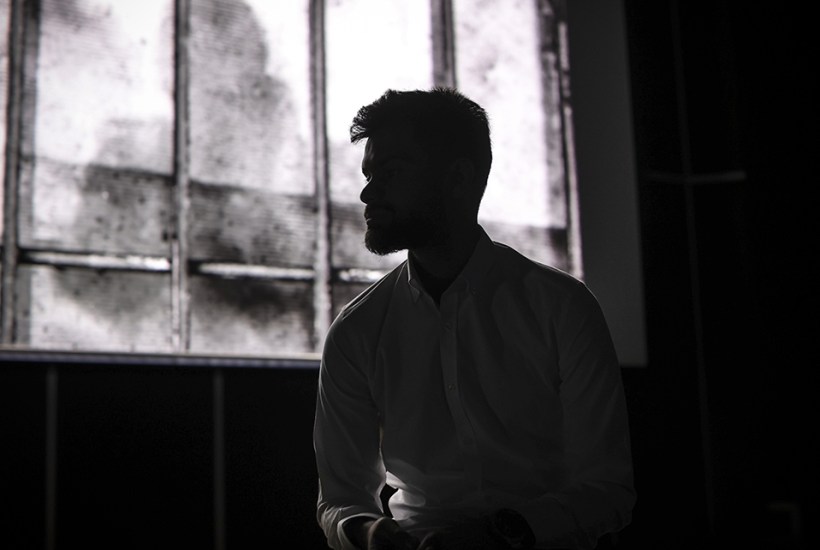

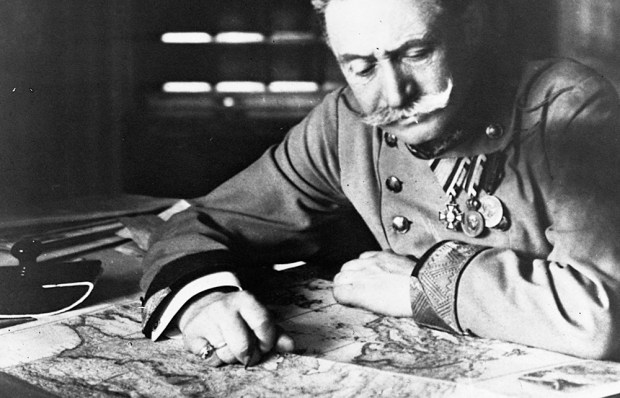

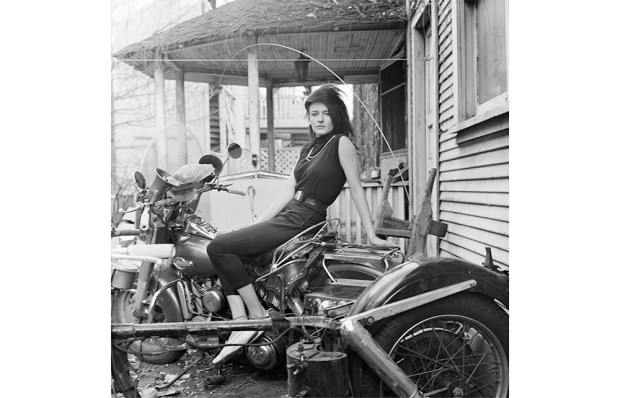
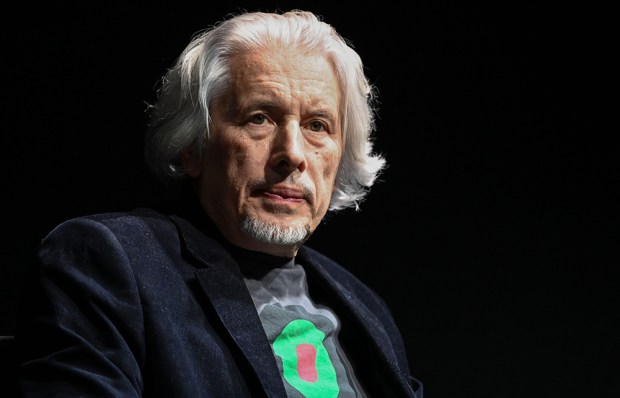
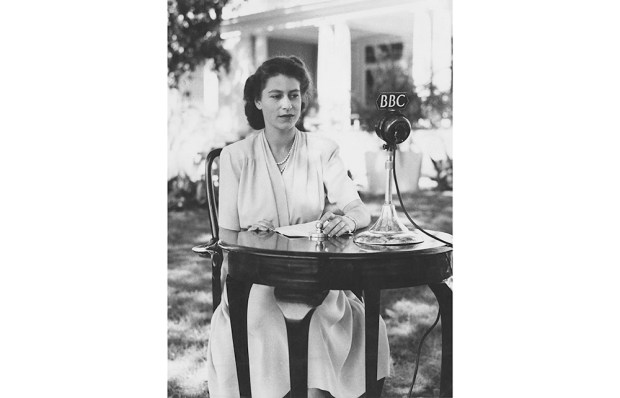






Comments
Don't miss out
Join the conversation with other Spectator Australia readers. Subscribe to leave a comment.
SUBSCRIBEAlready a subscriber? Log in